Currently, the majority of car buyers in Vietnam show little interest in 4-wheel drive vehicles. People often choose cars based on unclear usage requirements, attractive exteriors, complete interior amenities… or simply because of the price.
For example, the Lexus RX350, a very popular model in Vietnam, accounts for 95% of front-wheel drive vehicles. Why aren’t consumers interested in the slightly more expensive all-wheel drive (AWD) version?
So, which group of users would benefit from 2-wheel drive vehicles? Let’s consider the structure of 2-wheel drive systems, and for the sake of visualizing, let’s think of a famous and agile animal, the horse. The horse’s flexibility and fast motion can reflect the speed and capability of 2-wheel drive vehicles. Let’s keep the image of a horse in our minds as we continue.
4WD (Four Wheel Drive)
4WD is a heavy-duty and highly durable system commonly found in off-road vehicles. These vehicles are usually equipped with a lever or button to switch between 2-wheel drive and 4-wheel drive (2H to 4H) and vice versa.
In addition, there is an auxiliary gearbox to change the wheel speed, providing greater pulling power. This feature is used when high pulling force is required, such as climbing steep hills or crossing water, mud… (Low Range – 4L mode).
4WD is commonly found in SUVs and mid-priced pickups. This system is also known as Part-Time All Wheel Drive or on-demand 4-wheel drive, indicating the ability to switch between 2-wheel drive or 4-wheel drive depending on the driver’s preferences, meeting the demands of various road conditions.
SUVs or pickups in Vietnam with prices below 2 billion VND typically come equipped with 4WD. This system is suitable for those who need to navigate different types of roads, from asphalt to dirt and gravel.
It’s worth noting that while 4WD is heavy and reduces vehicle flexibility, it is designed for durability and mechanical strength. It’s important for drivers to be aware of the limitations of this system when driving on asphalt roads. The 2H-4H lever (or button) is used for asphalt roads and high speeds, whereas 4H and 4L modes are used on low-grip surfaces (like sand, dirt, mud…).
Now, you might wonder, “Why is that?” Stand up and walk straight ahead, then make a right turn. You’ll notice that you make a right turn by keeping your right foot still and using your left foot to step forward.
Returning to the horse, it also needs to adjust the speed of its right legs to turn right, just like us. If all legs run at the same speed, both the horse and us would keep moving straight. 4WD vehicles require a difference in wheel speed to make turns on high-grip roads. Therefore, it’s important not to use 2-wheel drive on asphalt roads, as it can lead to accidents or damage to the vehicle.
In Vietnam, cars using 4WD include the Triton, Pajero Sport (Mitsubishi); Fortuner, Hilux (Toyota); Navara (Nissan); Ranger, Everest (Ford); Corolado (Chevrolet).
4WD on demand
The transformation of a manually activated 4WD system into an automatic system results in an On-Demand AWD system. This system can be understood as automatically activated 2-wheel drive.
By reducing weight, size, and manufacturing costs, most automatic 4WD systems are equipped in crossovers or small-sized sedans with moderate weights, ensuring durability.
Returning to the example of the Lexus RX350 mentioned earlier, the front-wheel drive version quickly gets stuck when the front wheels lose grip, such as in muddy holes. If the vehicle is equipped with an On-Demand AWD system, it can detect and activate the rear wheels, allowing the vehicle to escape from the muddy terrain.
Variations of this system include full-time mechanical types and types with electronic control to intervene earlier when grip is lost, even predicting and intervening before grip loss occurs.
Although less capable off-road compared to 4WD due to its passive nature, On-Demand AWD systems are becoming increasingly popular in vehicle manufacturing. With sophisticated electronically controlled technology, these systems feature improved capabilities compared to earlier generations.
In fact, the goal of this system is not to serve off-road purposes, but rather to increase road grip in low-friction conditions (rain, slippery surfaces…). However, when equipped with electronic control, this system can deliver off-road capabilities comparable to basic 4WD systems.
Advantages of On-Demand AWD systems include increased acceleration, better driving feel, improved road grip—especially on curves—and a more confident driving experience at high speeds. When combined with a center differential lock, it provides a simple and reliable 4WD system to tackle difficult roads.
On-Demand AWD systems are often found in mid-range and small-sized SUVs, as well as high-performance sports cars. Examples of vehicles in Vietnam equipped with On-Demand AWD include the Mitsubishi Outlander, Nisssan X-trail, Ford Escape, Porsche Macan, BMW X1, X3, X5, Mercedes GLA, A45, Audi Q3, Q5.
AWD: All Wheel Drive
This is the most expensive drive system and is commonly found in larger SUVs or high-powered sedans with high price tags.
Depending on the manufacturer’s objectives, the distribution of pulling force from the engine to the front and rear wheels is allocated in different ratios. This allocation is similar to a horse having stronger hind legs for better acceleration. The distribution of pulling force greatly affects the vehicle’s driving feel and acceleration abilities.
AWD-equipped vehicles prioritize speed and superior grip, making them typically expensive.
In some high-end SUVs, the AWD system can be transformed into 4WD with the press of a button to improve off-road capabilities. This feature, known as the center differential lock, turns expensive cars into true off-road vehicles. Examples of large-sized SUVs with this feature include the Porsche Cayenne, Mercedes G-Class, and Lexus LX570.
In some other high-powered vehicles, the AWD system could be combined with On-Demand AWD to further enhance road grip. Notable examples include the Mercedes E63 4matic, GLS, GLE, GLC, as well as the famous AWD system from Subaru in Japan.
Despite the complexity and cost disadvantages, and the fact that it doesn’t prioritize fuel efficiency, AWD stands as the most valuable drive system. The advantages of AWD include improved acceleration, superior driving feel, better road grip—especially on curves—and a more confident driving experience at high speeds. When combined with a center differential lock, it provides a simple and reliable 4WD vehicle to handle challenging terrains.
Conclusion
The four-wheel drive system may have different names depending on the manufacturer. For example, Audi’s is called Quattro, Mercedes’ is called 4Matic, BMW’s is called X-drive, Volkswagen’s is called 4Motion, and Subaru’s is called Symmetrical AWD. However, in terms of construction principles, they can be categorized into the three types mentioned above (4WD, 4WD on demand, and AWD).
Looking at four-wheel drive systems in general, we see that besides driving on difficult roads with 2-wheel drive vehicles, these systems allow for faster and safer driving with better handling. Luxury SUVs are known for their smooth and secure rides, while any 2-wheel drive vehicle can take you to the edge of the sea without the need for walking or struggling to get the vehicle out of sticky situations. It’s no wonder that when Ferrari wanted to create an all-season supercar capable of handling snowy winters, they chose AWD for the Ferrari FF model.
Gaz69 (forum.autodaily.vn)










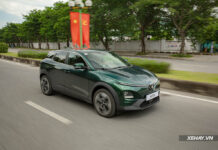


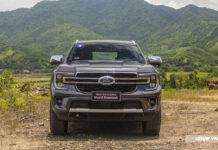


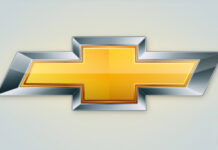
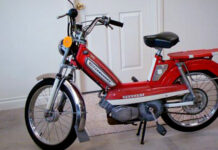

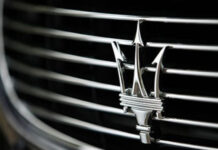

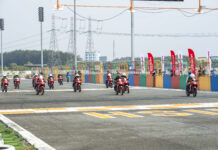










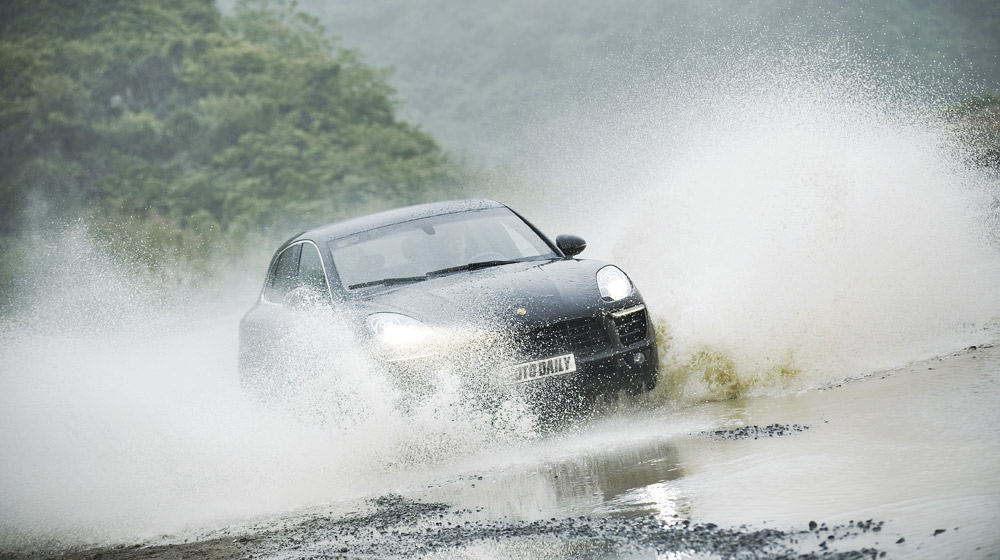
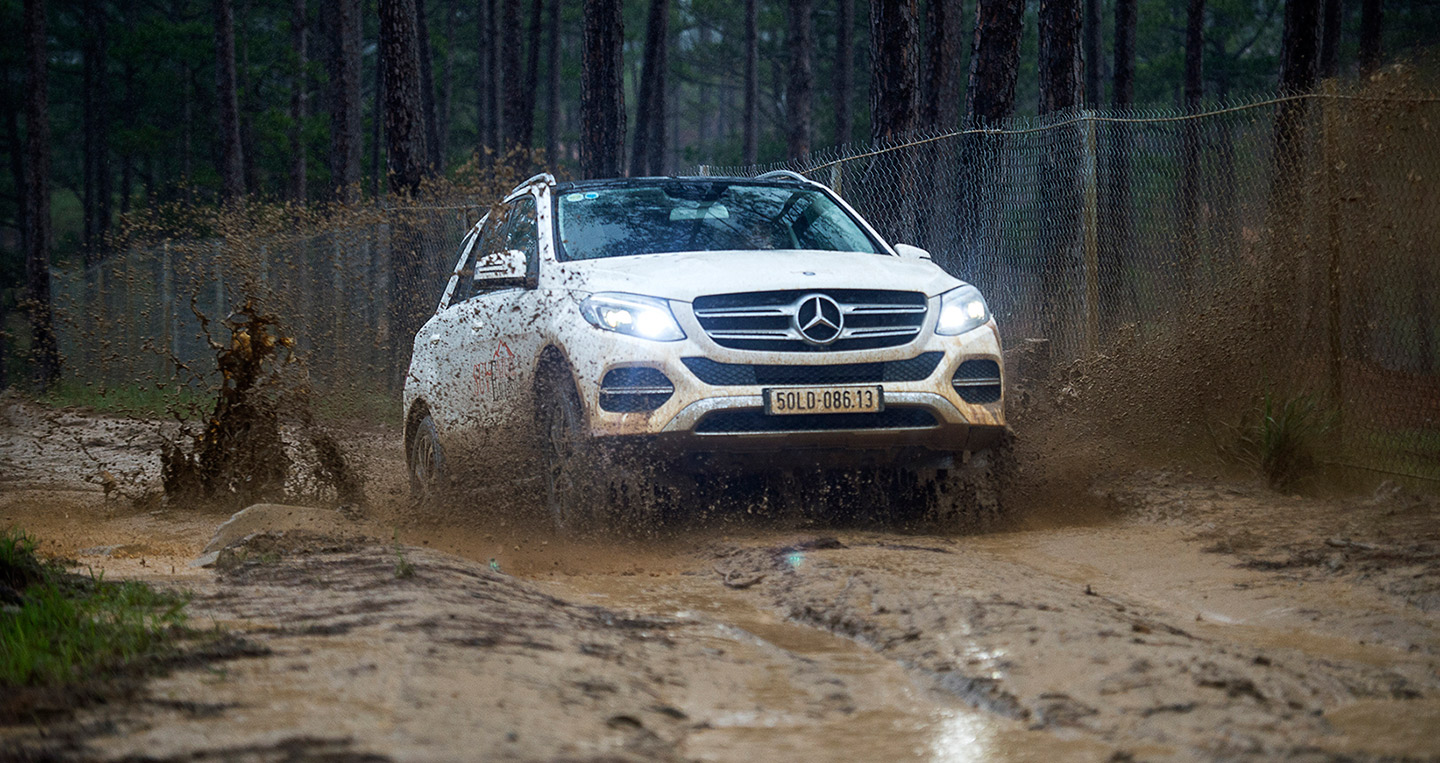















![[QUICK REVIEW] Privately Imported Lexus LX600: Exquisite Luxury and Ready for Immediate Delivery](https://vnauto.net/wp-content/uploads/2023/11/xehay-LexusLX600-05092022-2-100x70.jpg)
![[CAR REVIEW] Rolls-Royce Spectre: A Symphony of Luxury](https://vnauto.net/wp-content/uploads/2023/10/xehay-rrspectre-30082023-1-100x70.jpg)